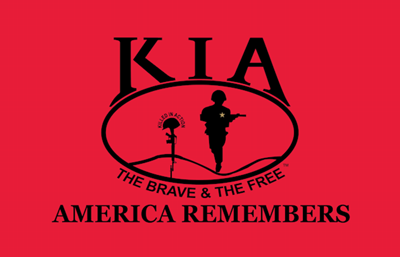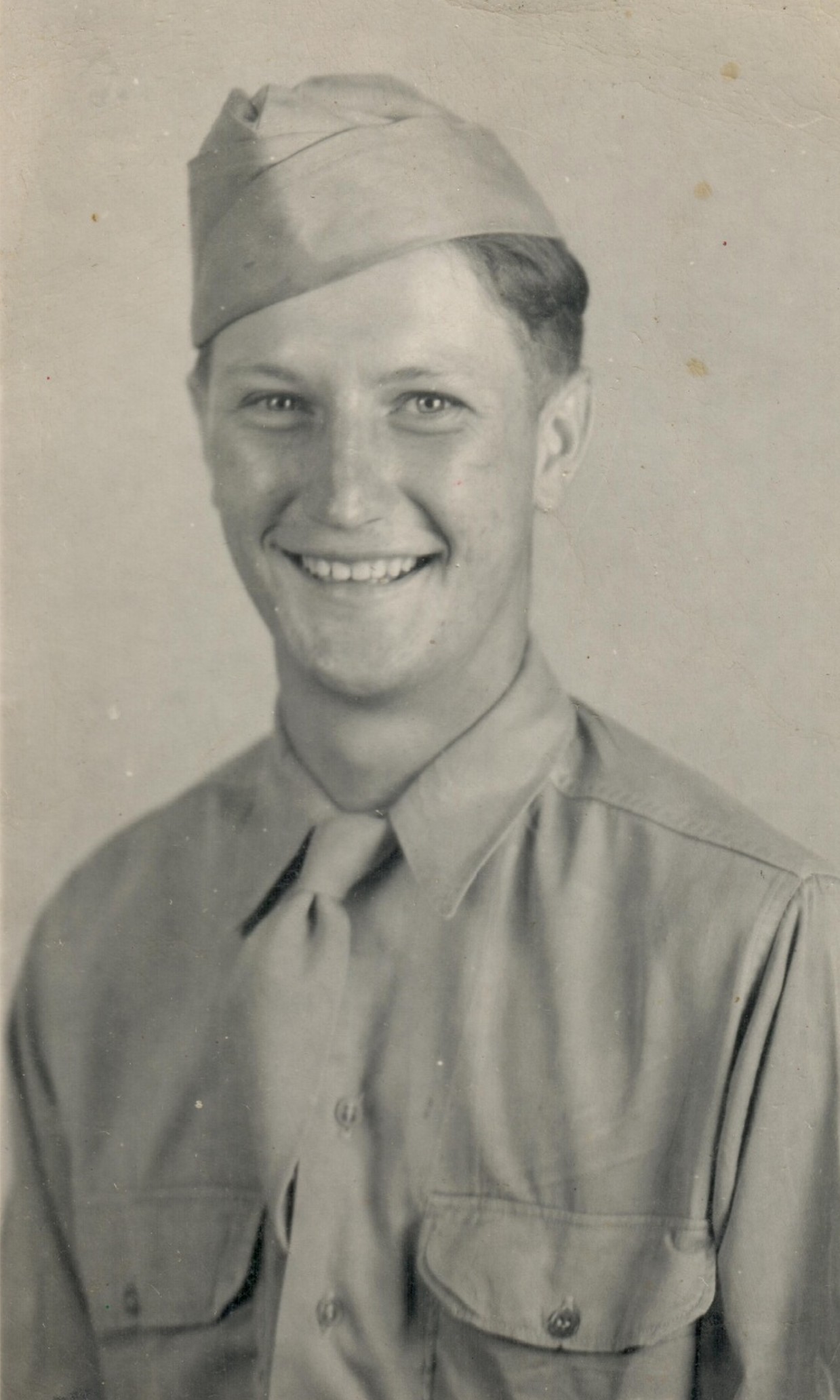Soldier Details
Division:
Highest Rank:
PFCTheater of Operation:
Served:
Military Honors:
Honored By:

Killed In Action
Biography
Pfc. James Alexander Nagely died in wartime service to his country. An enemy sniper killed him on the Philippines island of Luzon, nearly 8,000 miles from his home in central Kansas. He was 21 years old.
Unlike many of his generation and rural upbringing, James had seemed headed for a life other than farming. Born in a tiny Dickinson County community (Detroit) on October 1, 1923, he grew up in another (Carlton) and graduated from high school in yet another (Chapman), class of 1941. Then he attended nearby McPherson College, where he became a lab assistant to a noted chemistry instructor and served as managing editor of the campus newspaper.
World War II was raging in Europe and the Pacific Theater. For a time, James, as an only son, was exempted from military service. As such, in January 1943 he left college to help his father on the family ranch south of Carlton. Eventually, however, he was drafted. James entered the Army on August 3, 1944, and received basic training at Camp Hood in Texas. After spending Christmas at home, he left the U.S. on January 19, 1945. James joined Company I of the 27th Infantry, 25th Division on Luzon. He fought as a rifleman, from the rugged Caraballo Mountains to the Cagayan Valley, a Japanese army stronghold.
On May 3, James’s family received his last letter home, dated April 21. On May 20, he was killed during a scouting mission. Soon afterward, his unit was pulled from the fighting for rest and recuperation (R&R) and never returned to action. The war ended after the U.S. dropped nuclear bombs on the Japanese cities of Hiroshima and Nagasaki that August. The day James died, his mother Mable told his father John that she sensed James had been seriously wounded or killed. It would be nearly three weeks before a telegram from the War Department (what we today call the Defense Department) delivered the news to his family, and more than two years before his body came home for burial, escorted by a military honor guard. By then, Mable had joined her son in heaven.
Mary Margaret Nagely was 11 years old when her big brother died. I can’t begin to know the pain and sadness she must have experienced, but I have always admired her dignity and grace when she speaks of him. Not once have I heard Mary say a bitter word about James’s death. Instead, she speaks of her brother’s gentle spirit, quick mind (top of his high school class), musical ability (he played the piano, accordion, and guitar) and what she believes he might have done with his life.
Maybe that’s the Kansas farm girl in her, understanding that life – like the next harvest – is short on guarantees, and all we can do is carry on, that we’re supposed to carry on. Not that acceptance lessens the loss. I’ve seen the tears well up in her eyes when she recalls James, even after so many years.
Years and tears naturally go together, in joy and sorrow, in milestones and moments shared with the living, and in memories of those we loved – and will always love.
The Nagelys were not alone in their grief. In the Carlton community (population about 100 in 1940), families including the Carlsons, Jantzes, Reiffs, and Deahoffs lost sons in World War II.


